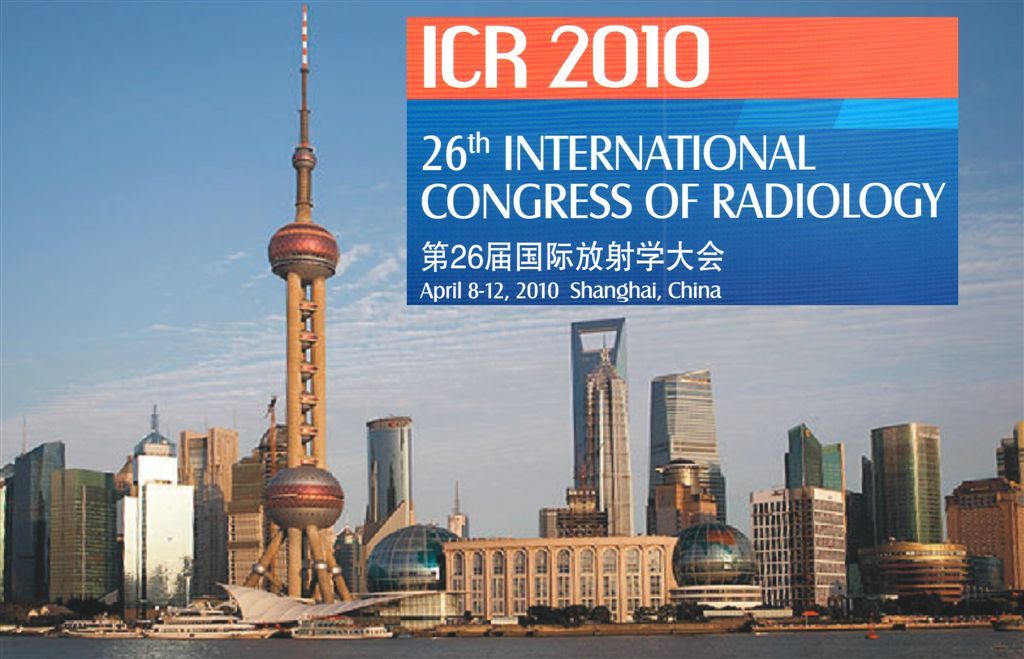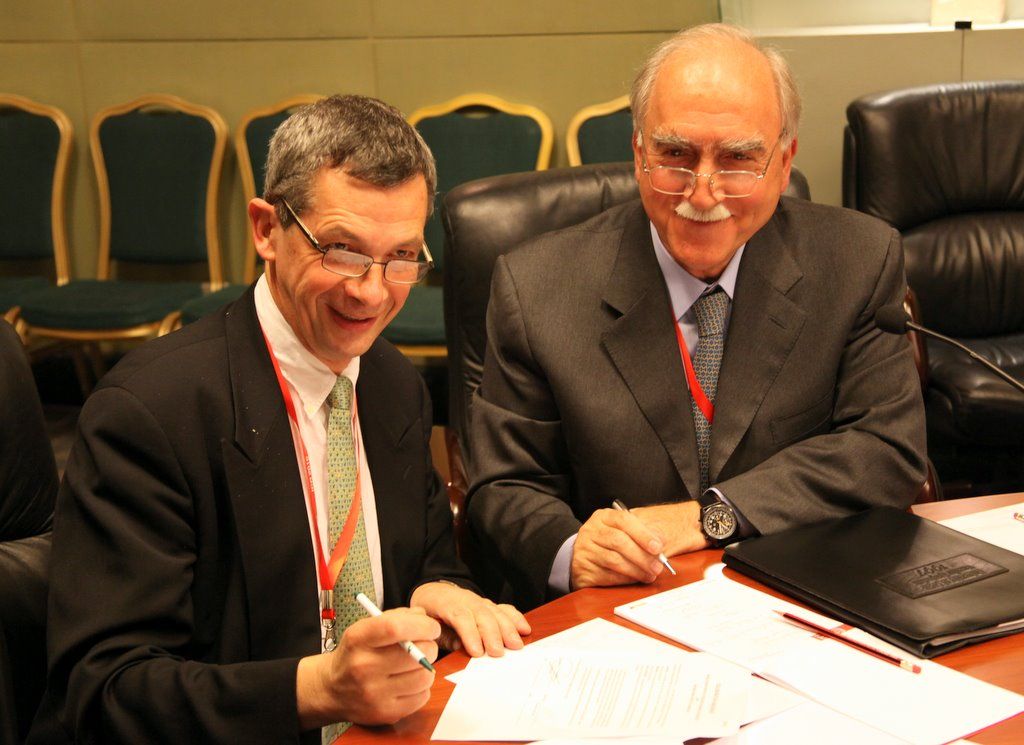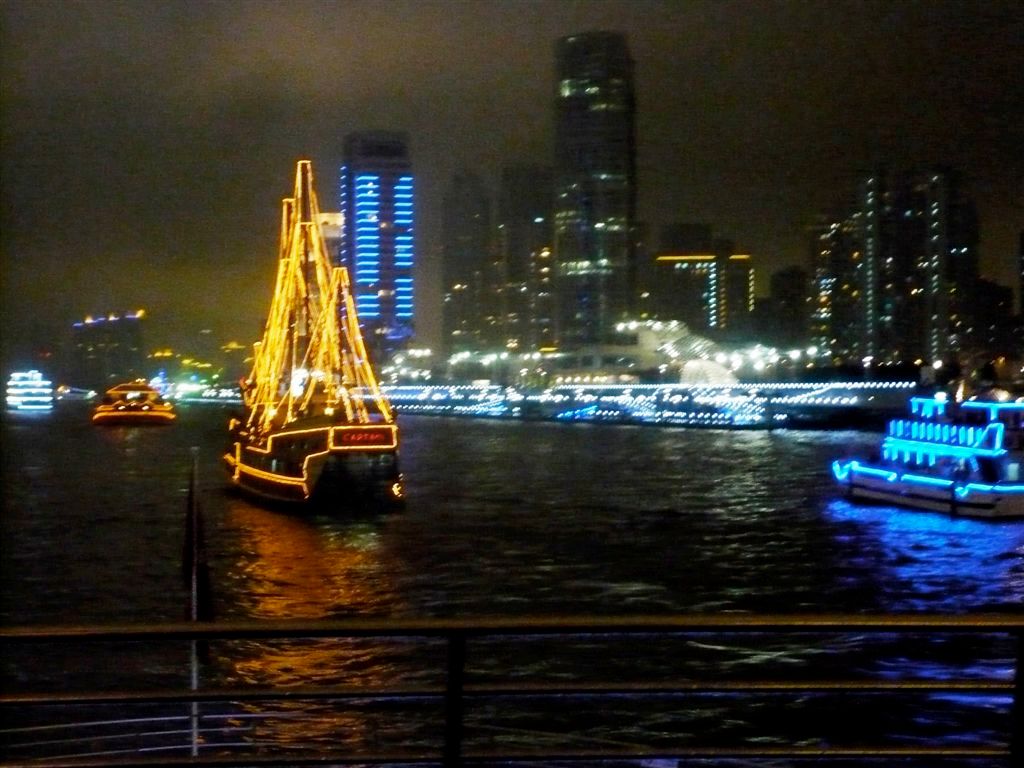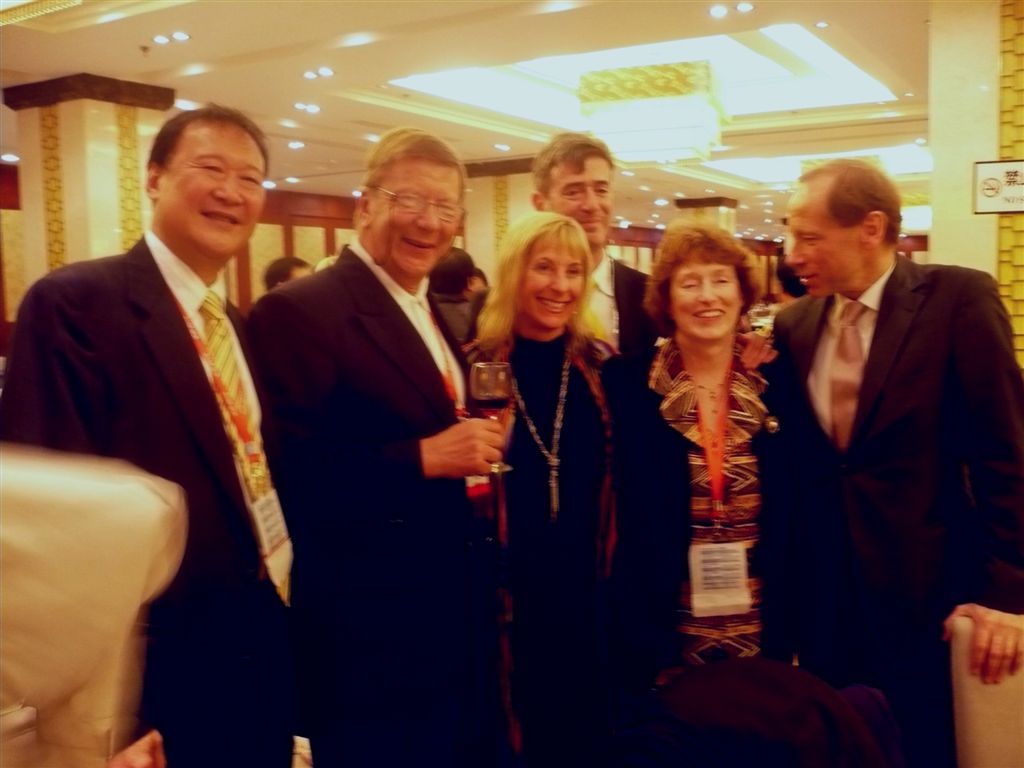The ISR presidential pen writes, and having writ, moves on
After 12 years on the board of the International Society of Radiology (ISR), it is with complex feelings I have entered the last stage as the organization’s immediate past president. On one hand, it is relaxing to know that new and powerful forces have taken over. On the other, it is a little bit sad to know that there was a lot left to do, issues that I should have fixed-or at least tackled to start a resolving process.
After 12 years on the board of the International Society of Radiology (ISR), it is with complex feelings I have entered the last stage as the organization’s immediate past president. On one hand, it is relaxing to know that new and powerful forces have taken over. On the other, it is a little bit sad to know that there was a lot left to do, issues that I should have fixed-or at least tackled to start a resolving process.
The transfer of the presidential chain of ISR takes place during the biannual International Congress of Radiology. This year ICR took place in Shanghai, for the second time in China. The first was in Beijing in 1996. The congress facilities in Shanghai were spectacular, located at the mouth of the Yangtze River in the expanding, modern, Pudong part of the city. We were surrounded by a whole new high-rise center with ultramodern architecture. The Shanghai International Convention Center is seen from the water in the picture below as the low building with globes on each side.

There was a practical complication, as the World Fair would open in less than a month and the government had decided two weeks before the congress that some of the exposition space was needed for the fair. Program committee chair Professor Xiaoyuan Feng, however, handled the situation in a splendid way and was able to accommodate the 75 scientific and 25 commercial exhibits with maximum exposure for the participants, in open spaces between lecture halls.

At ICR 2010, Prof. Nicholas Gourtsoyiannis (right), the new President of the ISR, signed a co-operation agreement with Prof. Michel Claudon, President of the World Federation for Ultrasound in Medicine and Biology.
The educational program was of very high quality and virtually all major regional radiological societies presented their own symposia and other programs. A total of about 250 speakers from all around the world filled the program in six lecture halls during four days. As a speaker, I can certify that the full audience, mostly from China, was very eager and a lot of discussion about the most recent developments of all possible radiological modalities took place.
The International Committee of ISR met during the congress, with representation from a large number of national radiological societies. One task of this committee is to elect the national representation on the ISR board for 2010 to 2012. After a lot of interest and lobbying, Brazil, China, France, Spain, and the RSNA won the election. The ISR executive committee also decided that the next ICR will take place in São Paulo, Brazil, May 3 to 6, 2012.


Can Ultrasound-Based Radiomics Enhance Differentiation of HER2 Breast Cancer?
March 11th 2025Multicenter research revealed that a combined model of clinical factors and ultrasound-based radiomics exhibited greater than a 23 percent higher per patient-level accuracy rate for identifying HER2 breast cancer than a clinical model.